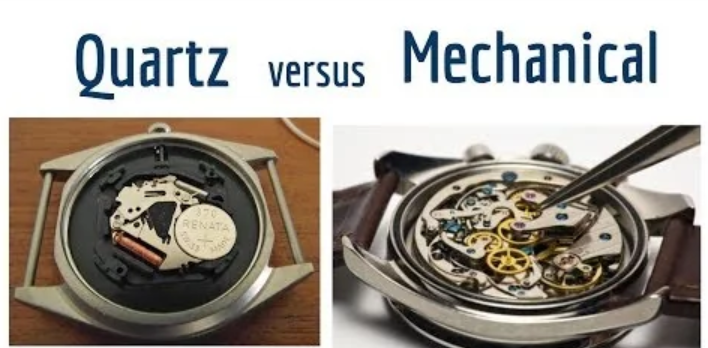Swiss watches are revered worldwide for their craftsmanship, precision, and prestige. However, buyers often face two confusing dilemmas: Mechanical vs Quartz and Swiss-Made vs Swiss Movement. Understanding these distinctions is crucial for making an informed purchase. Let’s explore the history, technical differences, pros and cons, and clarify the legal terms.
1. A Brief History
Mechanical watches have roots in 16th-century Europe and became synonymous with Swiss mastery in the 18th and 19th centuries. They rely on intricate gear systems powered by manual winding or automatic movement.
Quartz watches, developed in the 1960s (notably by Seiko), revolutionized the watch industry with battery-powered precision. Swiss brands like Swatch adopted quartz to regain market share during the “Quartz Crisis.”
The “Swiss-Made” label, legally protected, originated in the 1970s to assure buyers of authenticity and origin. In contrast, “Swiss Movement” refers only to the mechanism’s origin—not final assembly or overall manufacturing.
2. Technical Specs: Mechanical vs Quartz
| Feature | Mechanical Watches | Quartz Watches |
|---|---|---|
| Power Source | Mainspring (manual/automatic) | Battery |
| Accuracy | -5/+10 seconds per day (average) | ±15 seconds per month |
| Maintenance | Regular servicing every 3–5 years | Minimal (battery change) |
| Lifespan | Decades with maintenance | 3–10 years (replaceable parts) |
| Movement Complexity | 100–300+ components | Fewer moving parts |
